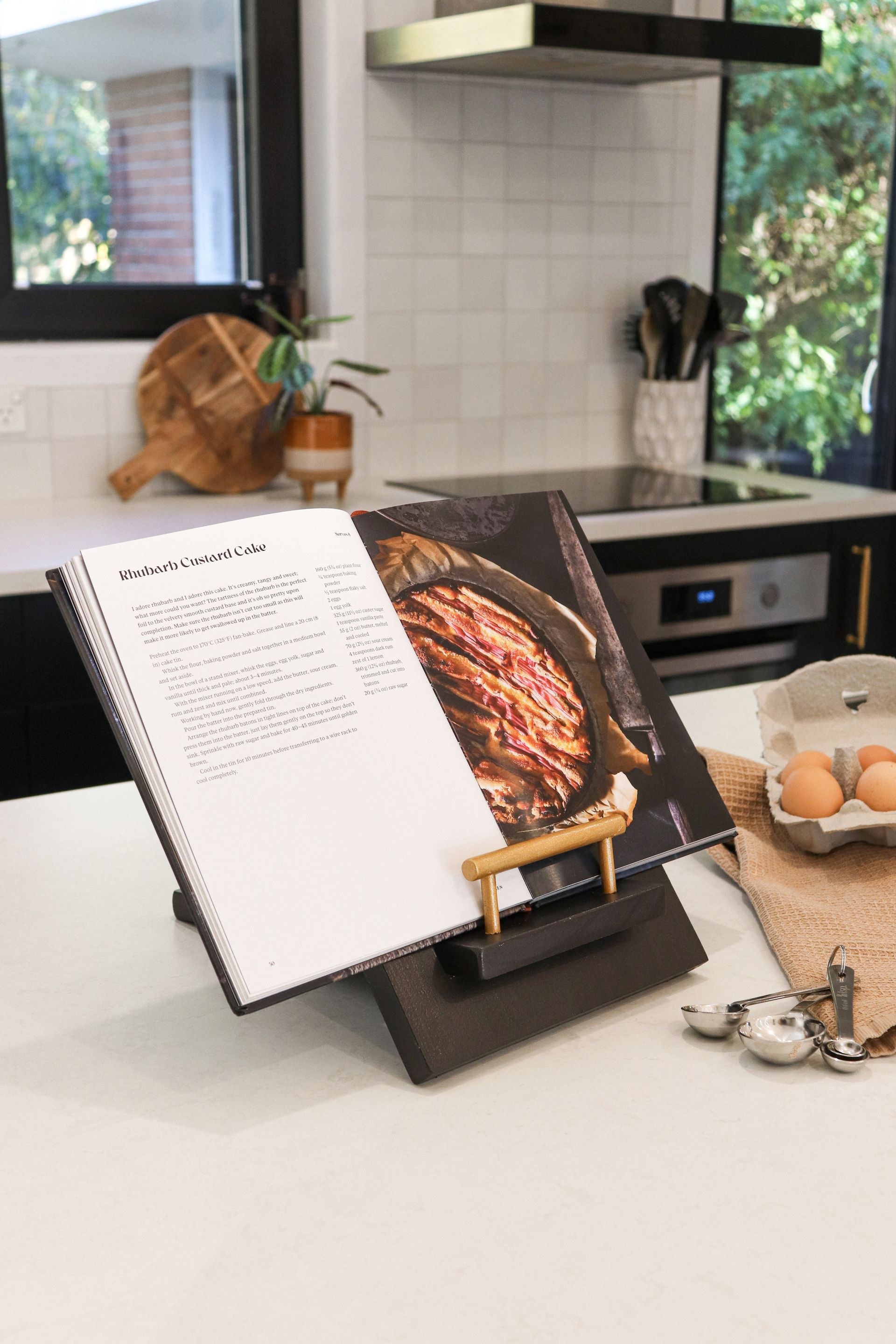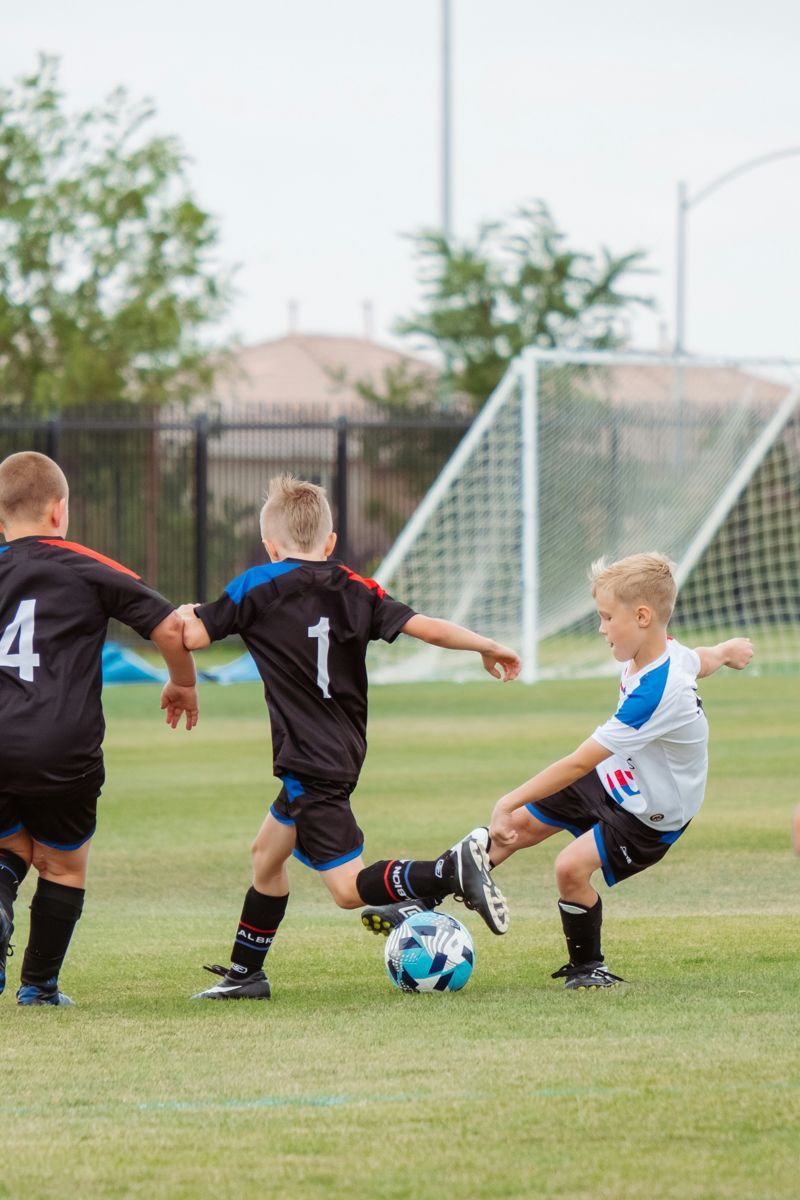Just a few hours’ drive from Christchurch, the beauty of the Mackenzie is easily accessible for a long weekend getaway or a week-long family holiday. The main thing is to allow plenty of time to explore and discover all the hidden treasures and adventures, large and small, that are on offer.
The Mackenzie takes its name, famously, from an outlaw. James Mackenzie, a Scotsman who got in some trouble stealing cattle in the Highlands, came to New Zealand and continued his old tricks. He and one loyal dog, so the story goes, managed to steal 1000 sheep from a station near Timaru and drove them 40 miles to what is now Mackenzie Pass. He was found, captured, and almost immediately escaped, fleeing into the rugged countryside at night without boots. He reappeared 10 days later and 200 kilometres away in Lyttleton, and was arrested, tried and sentenced to five years of hard labour. Through a bit of legal wrangling he managed to secure a pardon the next year, boarded a ship to Australia, and vanished from the record.
While the modern-day residents of the Mackenzie are generally more law-abiding, there remains something in these grand vistas and wide-open spaces that feels wild, free and unconstrained. Here, in the shadow of New Zealand’s highest peak, life seems full of limitless opportunities for exploration. From the Māori people who first travelled and hunted this land, to the modern explorers such as Sir Edmund Hillary, something in this place stirred countless adventurers and still calls out to the vagabond in us all.
As the Canterbury Plains give way to the rolling green foothills of the Southern Alps, before you know it you’re in Fairlie, home to the internationally-famous Fairlie Bakehouse, which should certainly be in the running for the title ‘Best Pie Shop in New Zealand’. Don’t miss the chance to stop for a classic mince and cheese, or a decadent pork belly and apple sauce pie complete with crispy crackling on top.
While in Fairlie, take the opportunity to browse the many lovely shops and boutiques in the town centre, and see if your exploring leads you to the statue commemorating James Mackenzie and his faithful dog.
From Fairlie it’s only a short drive to the lakeside resort town of Takapō/Lake Tekapo, but it’s well worth allowing extra time to stop off along the way at the art galleries in the tiny village of Kimbell, as well as the shops and historic sites of Burkes Pass village. The small, quaint appearance of the Burkes Pass settlement is misleading – the little town has a rich history and in the 1800s was briefly planned to be the capital of the Mackenzie District.
A few minutes further on, the drive over a last rise and down into Takapō/Lake Tekapo offers the first views of one of the Mackenzie’s famous turquoise lakes. The water, an otherworldly milky blue, takes its colour from tiny particles of rock ground down by the glaciers that scoured and carved the landscape.
Those lakes were the inspiration for the manmade hot pools at Tekapo Springs, which are designed as smaller copies of lakes Tekapo, Pukaki and Ohau. A soak in the hot pools is a glorious relaxation experience, especially in chilly autumn or on a snowy winter day. If you’re travelling with the kids, Tekapo Springs also offers plenty of family activities year-round. In summer, their new Aqua Drop waterslide and giant Jumpernaut inflatable obstacle course provide hours of fun, while in winter the ice skating rink and snow tubing are a perfect way to spend an afternoon.
It is surprising how many Kiwis have made the drive through the Mackenzie Basin, but never turned off for the side trip to Aoraki/Mount Cook National Park. Visiting majestic Aoraki is truly a bucket list experience that all New Zealanders should enjoy at least once. Views of Aoraki are especially spectacular from the Hooker Valley Track, one of our most famous day walks and an outing for children as well as adults. In cold months, with a dusting of snow on the ground, it is transformed into a journey through a hushed winter wonderland.
The national park is home not only to beautiful walks for all fitness levels, but also to some of New Zealand’s most iconic tourism experiences. This year Mount Cook Ski Planes and Helicopters, based at Mount Cook Airport, are celebrating the 65th anniversary of the first landing of a ski plane on the Tasman Glacier. Sir Henry Wigley pioneered ski plane flight in New Zealand by designing the retractable skis which allowed planes to land on snowfields. Today you can still enjoy a ski plane flight and Tasman Glacier landing in the same manner that Wigley first accomplished back in 1955.
While spectacular year-round, autumn and winter just might be the best seasons to visit. For one thing, it’s the time of year that’s still undiscovered by many international visitors, and any crowds that accumulate at popular spots in summer have moved on by late April. Then there’s the landscape, which seems to grow even more dramatic as the days grow shorter. Long golden rays of late afternoon light set the Mackenzie Basin aglow, and the Southern Alps are in their full glory, with fresh snow crowning the tops of the peaks. On cold, clear winter nights, the stars are especially breathtaking – it’s impossible to describe the brilliance of the night sky in the Aoraki Mackenzie International Dark Sky Reserve.
Several businesses now offer a variety of experiences to guide your exploration of the stars. Dark Sky Project, formerly Earth & Sky, pioneered astrotourism in the district with its famous stargazing tours atop Mount John. The company is still leading the way with a new indoor digital night sky experience that tells the history of Māori astronomy and life by a seasonal calendar of constellations. Other stargazing options include Tekapo Stargazing, which offers a relaxing soak in the hot pools while gazing at the beauty overhead, and Silver River Stargazing, which guides guests onto a high country station where the stars sparkle against a backdrop of clear, dark sky.
Then there’s the skiing, which is the heart of winter recreation for many locals. The Mackenzie boasts several ski fields, with Roundhill Ski Area near Takapō/Lake Tekapo, Mount Dobson near Fairlie, Ohau Snow Fields near Twizel and the Fox Peak Ski Area club field. Mackenzie skiing is one of the best-kept secrets of Otago residents, who have long escaped the crowded Queenstown ski fields for weekend getaways to enjoy short lift lines and open slopes.
Recent stories









